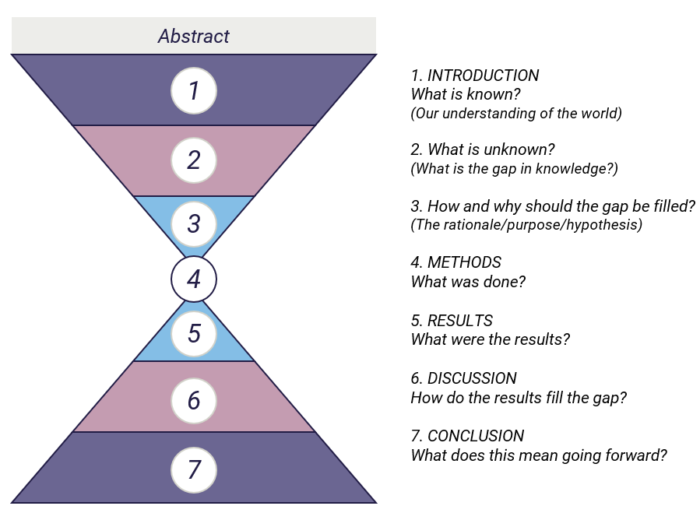Reliability: Whether research methods can reproduce the same results multiple times
The reliability of a study is in part dependent on the sample size. The more participants a study has, the greater the reliability of the study. Due to demands such as time and funding a larger sample size may not always be feasible and therefore may require further research to check the reliability of the results.
The more heterogenous (diverse/dissimilar) a sample, the larger a sample you would potentially need to be able to analyse different subgroups of the population in the results.
A study should aim to have a large enough sample size to be able to say that the results are well enough powered, that they can detect a difference between the study groups if one is present.
Researchers need to determine the study sample required to avoid under- or over-resourcing their study to align with available finances and ethical considerations. Within the description of the sample, the researcher should also state the number of participant dropouts (also called attrition rate) as this may impact the validity of the results. For example, if you start with 50 men and 50 women and most of your dropouts are women the planned demographic will change and the study will be left with uneven research groups, which could unduly impact the results.
Compliance rates could also give clues to the potential real-world relevance of the intervention, a high dropout rate or low compliance would indicate that this intervention may not be something people could apply in their everyday lives as it was not possible to maintain for many, even within a research setting.
